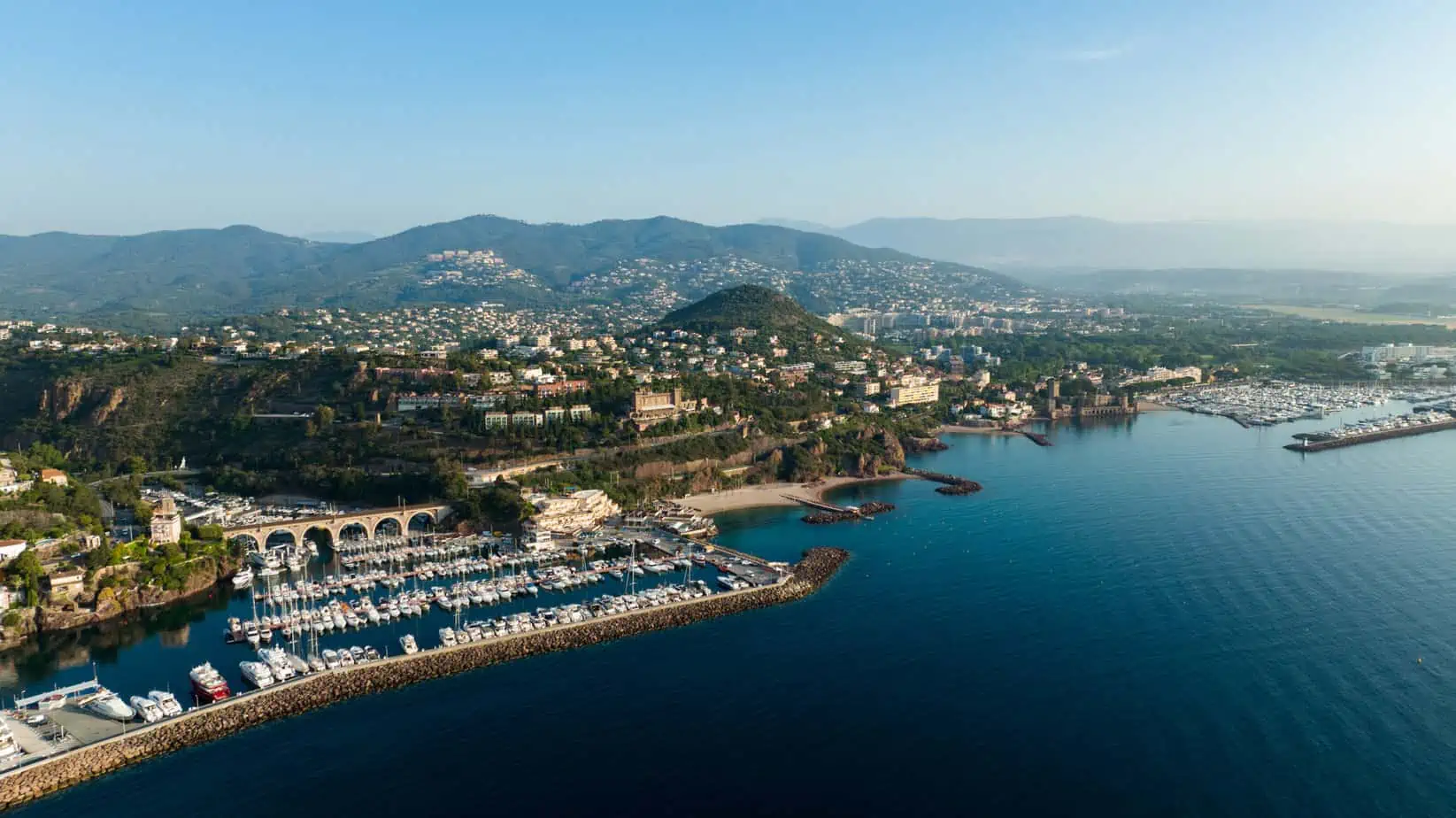France relies on transformation for water
When Emmanuel Macron announced France’s new water plan on March 30, 2023, this was a new high point for France’s golf courses in a conversion process that has been underway for years: if you want to use water in the six-figure range on your golf course, you better switch to the hot and dry regions – recycled service water is the water of the future.
Change is coming faster than expected
Strict restrictions on irrigation at French golf courses came as no surprise as early as 2022 to Maximilien Lambert, head of environment and ecological transformation at the Fédération francaise de golf. “If you focus on the purely scientific documents, the facts are very clear,” he explains matter-of-factly. Precipitation in France is becoming less in the long term. “It may be that all this is coming faster than some thought,” he adds. One thing is certain: Over the past two years, various golf courses, for example in the Eastern Pyrenees, have been banned from drawing water unless it is recycled water.
The French Golf Federation has been promoting a change in water supply for years. The association already examined the irrigation structures on the golf courses between 2006 and 2010; in 2013, they added another study, and in 2021, they updated once again. The result is data that provides clarity on the use of water in golf. For Lambert, these numbers are essential because they can provide clarity in the sometimes heated public debate about golf course irrigation.
A very small proportion of golf courses in France, less than eight percent according to Lambert, still irrigate with drinking water. Regardless of the fact that this is a very expensive solution, he said, it is difficult to justify, especially to the public. Using a special app for greenkeepers, the association collects consumption data from greenkeeping, which is ideally updated monthly or even weekly. Weekly newsletters address the issue of water use on the golf course. “We’re pushing golf course operators to change their water management,” he explains. One or the other reacts to it, one or the other negates the issue.
In fact, however, more and more golf facilities are trying to convert their operations to the use of industrial water. Around 30 golf courses have already achieved this, one example being the Cannes-Mandelieu course in southern France, which, according to planetegolf.com, requires around 230,000 cubic meters of water per year for its 27 holes. Since 2023, the golf course has been served by the Aquaviva service water system, which, according to the operator SUEZ, is also Co2-neutral. Only 1.3 percent of the plant’s total output of treated wastewater goes to the golf course. The entire region benefits from the new water supply.
Difficult approval
Cannes-Mandelieu is just one of numerous golf facilities that are seeking or have achieved domestic water supply. However, the difficult approval situation in France has repeatedly proved to be an obstacle, prolonging the implementation of numerous projects. The application of treated service water, for example, is currently linked to a maximum wind speed of 15 km/h, a value that is usually exceeded in Brittany, for example. Many golf course operators are also aware of the test period, which is usually six months, given the urgency of the problem.
At the moment, all those plants that took care of a new type of irrigation years ago are benefiting. Like the golf club of Saint-Maxime, for example, which switched to domestic water as early as 2006, with the support of the municipality, according to an article by Golf Planète. During periods of drought, the inhabitants of the village always have to live with water restrictions. The golf course, on the other hand, with a size of about 60 hectares, may continue to irrigate with service water. It requires around 300,000 m³ per year.
In Disneyland the golf course is irrigated with industrial water
However, the Disneyland Pairs golf course (photo above) is also considered a prominent example of the use of industrial water. At the amusement park, a water treatment plant has already been ensuring that wastewater from the resort is reused since 2013. Since 2018, it can also be used for irrigation of the golf course because the phosphorus levels in the water can be controlled.
The efforts of golf courses to increase irrigation with service water are not only supported by the French Golf Federation, but also fit in with the water plan announced by President Emmanuel Macron in 2023. By 2030, at least ten percent of wastewater is to be reused. According to Macron, it is currently less than one percent. By comparison, more than 75 percent of all wastewater in Israel was already treated in 2015 and used as graywater in agriculture to irrigate plantations and fields.
The conversion is expensive and takes time
“This process takes a long time and is expensive,” Maximilien Lambert states matter-of-factly. “It’s not fast.” Permits have to be issued, financing set up. “We’re trying to respond to public pressure,” he explains. “Last year during the drought, the French golf industry was repeatedly accused of being an industry without a sense of responsibility.” An accusation that the association wants to counter with constant information of its members, ongoing data collection. All this is not easy. It takes time. But Maximilien Lambert knows: The process is inevitable.








 Image: Petra Himmel
Image: Petra Himmel